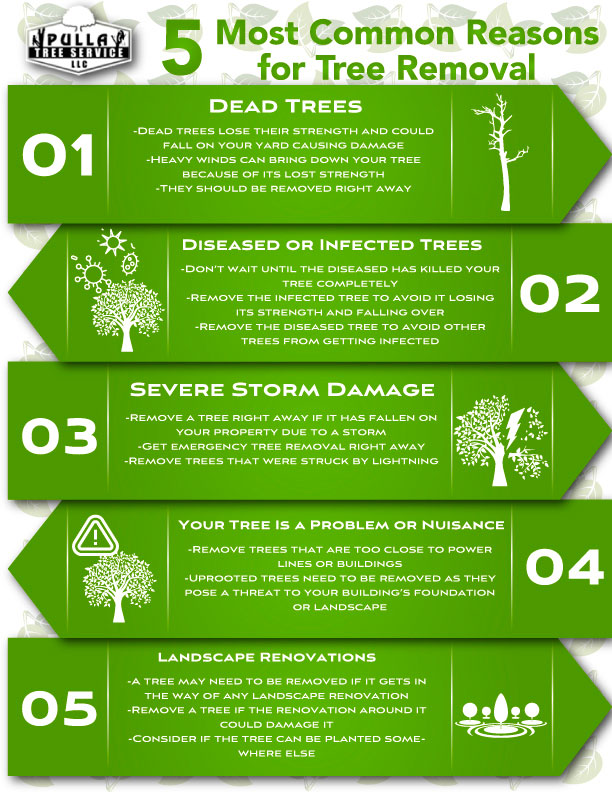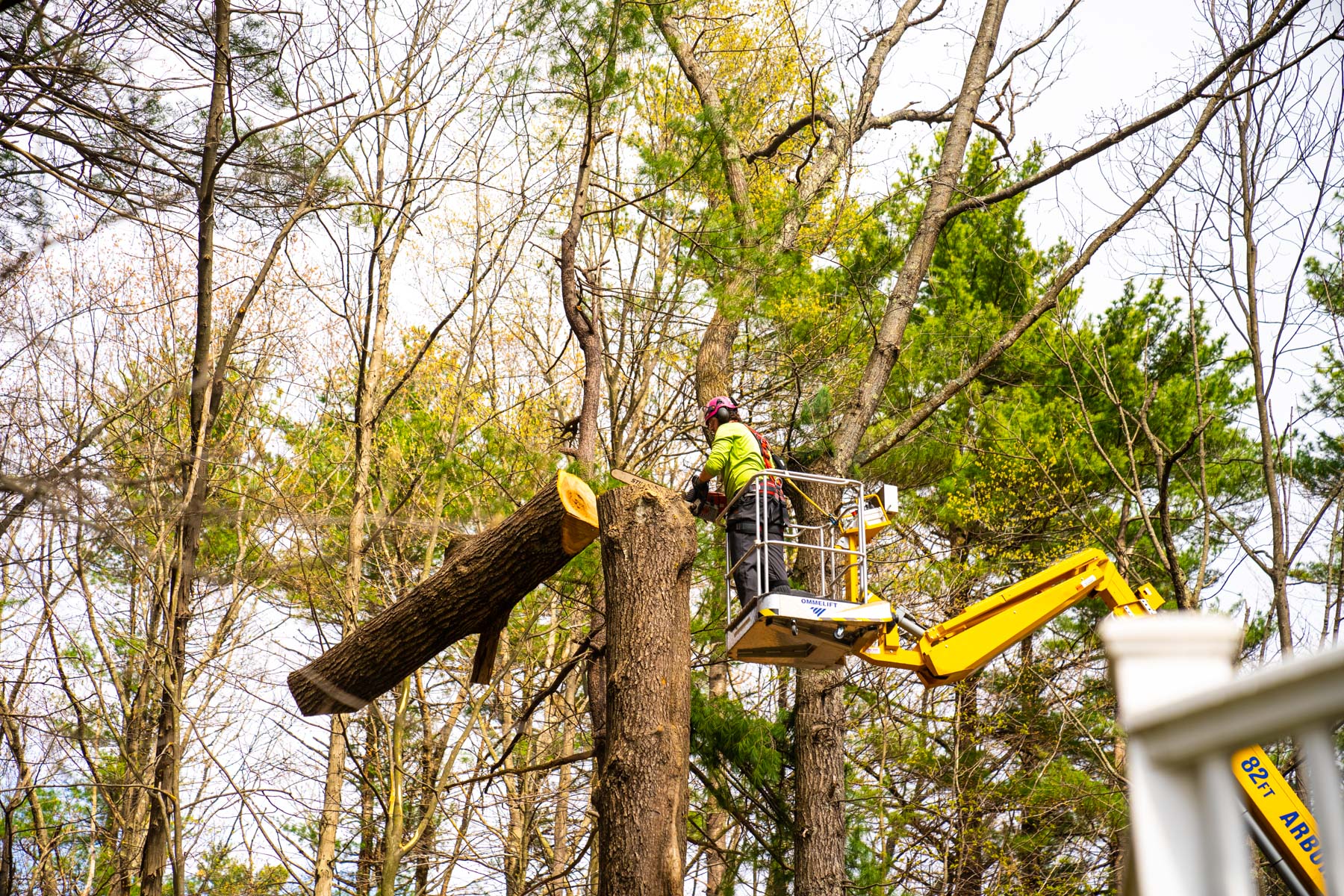All Categories
Featured
The removal of trees can produce open areas that are prone to weed intrusion. When trees exist, their thick covers frequently color the ground, restricting the amount of sunlight that reaches the dirt. After the removal of trees, these open areas get raised sunlight, supplying suitable problems for weed development.

They might suggest the usage of mulch, which acts as a protective barrier on the dirt surface, protecting against weed seeds from sprouting and suppressing weed development.

The presence of trees promotes an abundant and varied neighborhood of dirt germs. Tree roots supply a resource of natural matter, exudates, and nutrients that sustain the development and task of advantageous dirt bacteria. When trees are eliminated, the absence of their origins can interfere with the delicate equilibrium of the dirt's microbial community.
How Much Should I Pay For Tree Loppers Wollongong?
This change in pH can affect nutrition schedule, microbial activity, and overall dirt health and wellness. To resolve the impacts of tree cutting on soil pH, tree removal professionals can provide valuable guidance. They may suggest dirt screening to assess the present pH degrees and identify the essential modifications. Based on the outcomes, experts can recommend pH adjustment methods, such as including lime to elevate dirt pH or incorporating important sulfur to reduce it.

It describes the compression of dirt bits, resulting in minimized pore space and boosted dirt thickness. This compaction can adversely impact the dirt's capacity to operate optimally, affecting its water-holding capability, nutrient accessibility, and origin penetration. Proper techniques used by tree elimination experts can help reduce compaction and preserve the soil's ability to maintain water, and enable ample air movement and mindful tools handling.
Latest Posts
Is It Worth Paying For Tree Removal Wollongong Area?
What Is The Best Wollongong City Council Tree Removal?
Is It Worth Paying For Palm Tree Removal Wollongong?